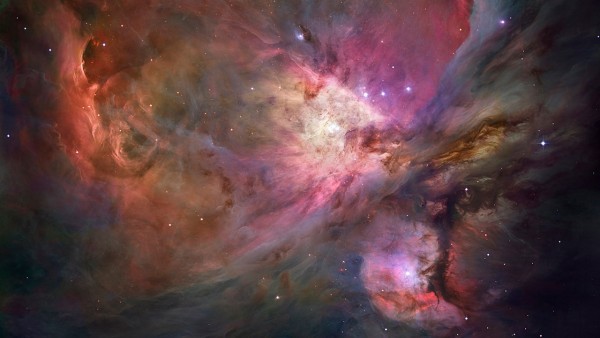The Orion Nebula is one of only two interstellar clouds where astronomers have seen molecular oxygen
The Orion Nebula is one of only two interstellar clouds where astronomers have seen molecular oxygen.You breathe it every minute, but there’s hardly any molecular oxygen—otherwise known as O2—in space. In 1998, NASA even launched a satellite that was supposed to find lots of molecular oxygen but never did—except when scientists, worried that the instrument was faulty, aimed it at Earth. Now, a ground-based experiment has revealed why this life-giving molecule is so rare in the cosmos: because oxygen atoms cling tightly to stardust, preventing them from joining together to form oxygen molecules. The discovery should yield insight into the chemical conditions that prevail when stars and planets arise.Oxygen is the third most common element in the universe, after hydrogen and helium, and in the 1970s astronomers predicted that molecular oxygen would be the third most common interstellar molecule, after molecular hydrogen (H2) and carbon monoxide (CO). It obviously isn’t. In fact, astronomers have detected interstellar molecular oxygen in only two places: the Orion Nebula and the Rho Ophiuchi cloud. But even there the molecule is much rarer than theory predicts. For example, hydrogen molecules in the Orion Nebula outnumber oxygen molecules a million to one.Oxygen atoms that float away from interstellar dust grains can join to make molecular oxygen. But when they stay stuck to the grains, hydrogen atoms combine with the oxygen to create water ice (H2O) instead. The water can then become part of asteroids, comets, and planets, setting the stage for the creation of life. -- source link
Tumblr Blog : newssciencedaily.tumblr.com
#science#astronomy#astrology#nebula#elements#chemistry#water#oxygen#universe#hydrogen#space#spacecraft#molecules#discovery#atoms#interstellar#astronomers#stars#planets
